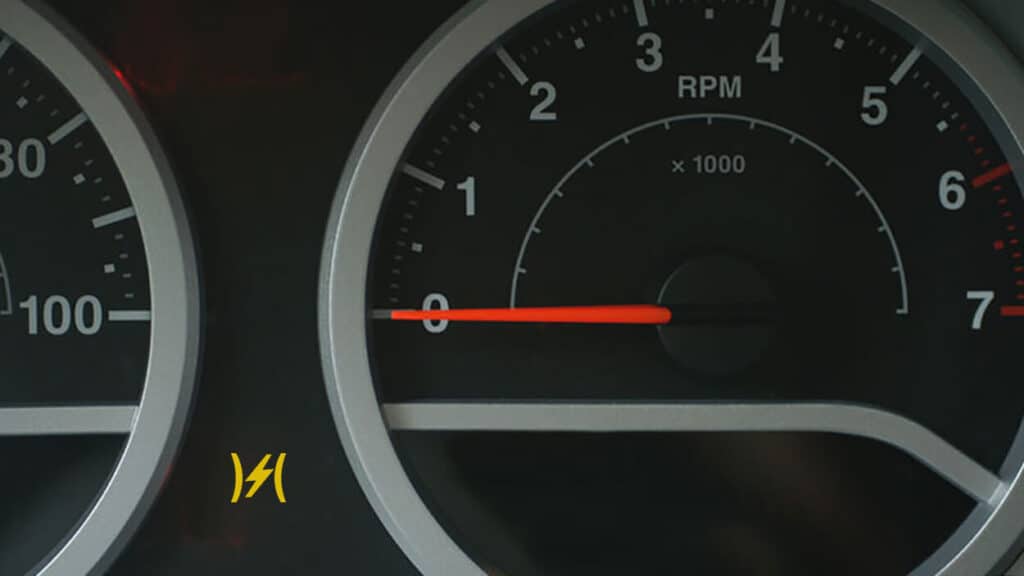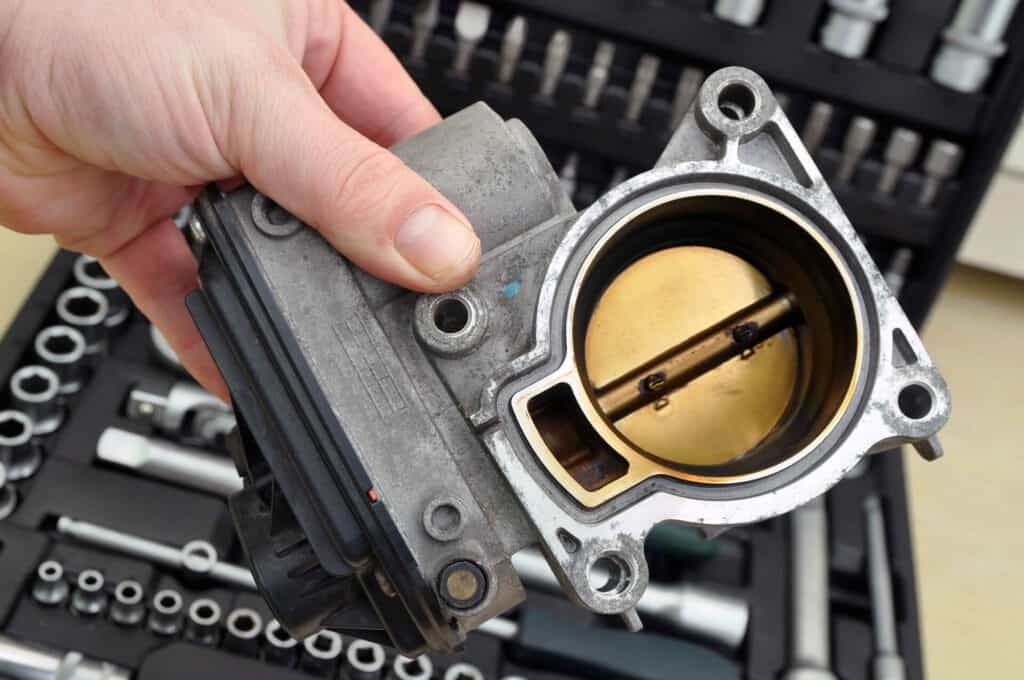Revving Up Your Knowledge on Car Warning Lights—Why the Throttle Control Warning Light Matters
Picture this: you’re cruising down the highway, humming along to your favorite playlist when, out of the blue, a mysterious icon flashes on your dashboard. While it may not have been on your driving exam, understanding warning lights, particularly the throttle control warning light, can be a lifesaver—both for your safety and your vehicle’s performance.
The Anatomy of the Warning Light: What Does the Throttle Control Light Actually Mean?
Your car’s dashboard is akin to a communication hub, flashing lights and symbols to help you understand your vehicle’s health status. One such important indicator is the throttle control light. It’s an icon you can’t afford to ignore, as it provides vital information about your car’s powertrain or throttle control system. Think of this light as your car’s way of saying, “Hey, we need to talk.”
The throttle control light comes in different forms to communicate varying levels of urgency. The most alarming of these is a red lightning bolt symbol. This symbol is your vehicle screaming, “Stop right now; we have a serious problem!” An illuminated red lightning bolt is often a sign of a significant issue within the throttle control system or powertrain, requiring immediate action on your part. The urgency here is equivalent to a fire alarm going off; you wouldn’t ignore it, and the same applies to this warning light. Failure to act promptly could result in severe damage to your vehicle, costly repairs, and potential safety risks.

On the other hand, if you see a yellow throttle control light, that’s your car’s way of saying, “You need to check this out, but it’s not a five-alarm fire yet.” A yellow light typically indicates a less urgent but still significant concern. While it doesn’t demand that you pull over immediately, as with the red lightning bolt, it does signify that you should schedule a check-up sooner rather than later. Ignoring a yellow light might not result in immediate damage, but it could lead to bigger, more expensive problems down the line.
The next time you see the throttle control light illuminated on your dashboard, remember that it’s not just another fancy symbol. It’s a critical communication tool, providing you with valuable insight into the status of your vehicle’s throttle control system or powertrain. Paying attention to it is not just about avoiding costly repairs; it’s also a matter of ensuring your safety and the longevity of your vehicle.
Drive or Pull Over: Assessing the Urgency When the Light Comes On
At the sight of an illuminated throttle control light, especially a red lightning bolt, the urgency cannot be understated;
• Immediate Action Required: Seeing a throttle control light is a serious concern. Ignoring it isn’t an option; you should safely pull over as soon as possible.
• Risk of Vehicle Damage: The longer you drive with this warning, the more likely you’re doing irreversible damage to your vehicle’s throttle system. Think of it as a ticking time bomb for your car.
• Safety Hazards: Not only does continuing to drive jeopardize your vehicle’s health, but it also poses a safety risk to you and others on the road. The car might stall or lose power suddenly.
• Diagnosis and Repair: It’s not advisable to continue driving to a repair shop. Instead, consider calling for roadside assistance or towing services to prevent further damage.
Location, Location, Location: Where to Find the Throttle Control Sensor
If you’ve ever wondered where the throttle control sensor makes its home, you’re not alone. This essential component of your car’s throttle system usually resides on the throttle body. Now, where is the throttle body, you ask? Well, it’s strategically positioned between the air filter box and the intake manifold. This location allows it to monitor and manage the amount of air that enters your car’s engine, which in turn affects your vehicle’s speed and overall performance.
So how do you test this sensor’s effectiveness? A simple way is by measuring its resistance using a multimeter. The process involves disconnecting the sensor, setting the multimeter to the ohms setting, and connecting it to the sensor’s terminals. Once you have a reading, you can compare it to your manufacturer’s guidelines, usually found in your car’s service manual. If the readings are out of spec, that’s your cue to visit a professional for further diagnosis and repair.
Testing and Resetting: A Step-by-Step Guide to Troubleshooting Throttle Control
• Use of Multimeter: The initial step in testing involves using a multimeter to measure the sensor’s resistance. This is a simple but effective way to gauge whether your throttle control sensor is functioning as it should.
• Manufacturer Guidelines: Always compare the multimeter readings with the manufacturer’s specifications to understand if your sensor is in or out of spec.
• Specialized Equipment: Some throttle control systems have become quite advanced, requiring specialized diagnostic tools for resetting. Don’t attempt to reset it manually unless you know what you’re doing.
• Consult a Qualified Mechanic: If you’re not comfortable using specialized equipment or if the multimeter readings are off, it’s time to consult a qualified mechanic for proper diagnosis and resetting of the throttle control system.
The Repair Shop Detour: Potential Repairs and Cost Breakdown
Ah, the moment the throttle control light flickers on your dashboard, a wave of questions flood your mind. How serious is it? How much is it going to cost? The answers to these questions can be as variable as Canadian weather. Repairs could be straightforward, like a sensor reset, or they may require you to shell out a bit more for system replacements or recalibrations.
Let’s talk numbers. Minor adjustments like cleaning the throttle body or resetting the sensor could set you back around $100. If the issue is more complicated, involving parts replacement or intricate labor, the costs could escalate, going upwards of $500. It’s essential to get an accurate diagnosis before diving into any repair work. This not only helps you understand the urgency of the problem but also provides you with a cost estimate, so you’re not blindsided by an unexpected bill.
When it comes to vehicle repairs, cheaper isn’t always better. Skimping on quality to save a few bucks could result in bigger, more expensive problems down the line. Always go for quality repairs, even if they cost a bit more upfront, as they are an investment in your vehicle’s long-term health and your safety on the road.

Long-Term Care: Tips for Maintaining Throttle Control Health
Follow the Manufacturer’s Maintenance Schedule: Always adhere to the guidelines set by your vehicle’s manufacturer. These schedules are outlined in your owner’s manual and will specify when important components like the throttle body should be checked or replaced.
• Regular Inspections: Make it a habit to have a qualified mechanic look at the throttle control system during your routine maintenance checks. They can spot minor issues before they escalate into bigger problems.
• Throttle Body Service: Approximately every 75,000 km, schedule a throttle body service. This involves cleaning the throttle body plate to ensure that it functions properly, reducing the likelihood of the throttle control light illuminating.
• Quality Fuel Use: Using high-quality fuel can make a difference in the long-term health of your throttle control system. Lower-quality fuels may lead to deposit build-up, affecting system functionality.
• Software Updates: Some vehicles may require software updates that relate to the throttle control system. Keep an eye out for recalls or updates from your vehicle’s manufacturer.
• Diagnostic Scans: Periodically running diagnostic scans can identify underlying issues not immediately apparent, allowing you to address them before they become major concerns.
• Avoid Aggressive Driving: High RPM levels and abrupt stops can strain the throttle control system. Drive smoothly to reduce wear and tear on the system.
• Consult with Professionals: If you suspect that there’s something off with your throttle control system, don’t hesitate to consult with a qualified mechanic. Early diagnosis can often lead to simpler and less costly repairs.
By adhering to these guidelines, you’ll be taking a proactive stance in maintaining your vehicle’s throttle control system, mitigating the risks associated with an illuminated throttle control light.
Shifting Gears—How Understanding the Throttle Control Light Keeps You on the Road to Safety
Ignoring the throttle control light isn’t just poor car etiquette; it’s a road that could lead you straight into the repair shop, compromising both your safety and your vehicle’s performance. Being proactive about maintenance and addressing issues as they arise is your golden ticket to a safer driving experience. For any troubles with throttle control or other vehicle-related concerns, remember that Uchanics mobile mechanic services in Canada are just a call away.
